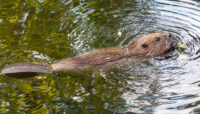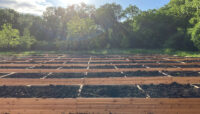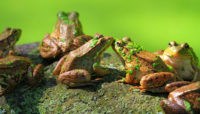
News
Sign up for the Forest Way email newsletter and receive the latest Forest Preserves news, events and volunteer opportunities each month.
Sign Up for Newsletter
Press Release: President Preckwinkle Unveils New All-Terrain Wheelchairs During Nature is Accessible! Event

Seed Amplification Program Creating Habitats that Thrive

Forest Preserves Adds Innovative Electric Garbage Trucks to Green Fleet
Press Release: From Helmets to Hand Signals: Forest Preserves Police Teach Safety for National Bicycle Safety Month

Visit Us at Share the Trail Stops: A Friendly Way to Enjoy the Outdoors Together

Discover a Champion Tree in the Forest Preserves

A Ribbit Rhapsody: Frog Calls of the Forest Preserves
Press Release: Recycle “Hard-To-Dispose-Of” Items and More During a Forest Preserves of Cook County Trash Bash Event
Press Release: Forest Preserves of Cook County Prepares for Spring 2025 Trout Fishing Season

Closing Swallow Cliff’s Unofficial Trails Breathing New Life into Nature

